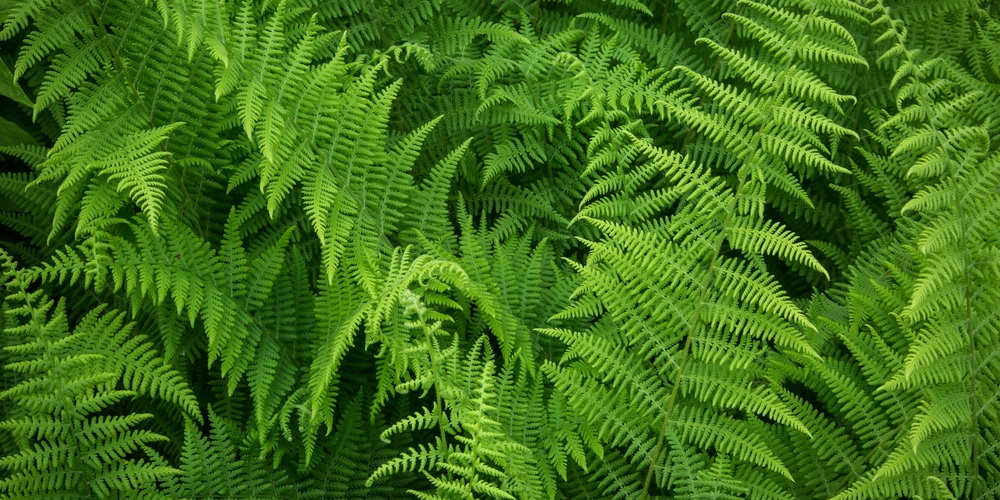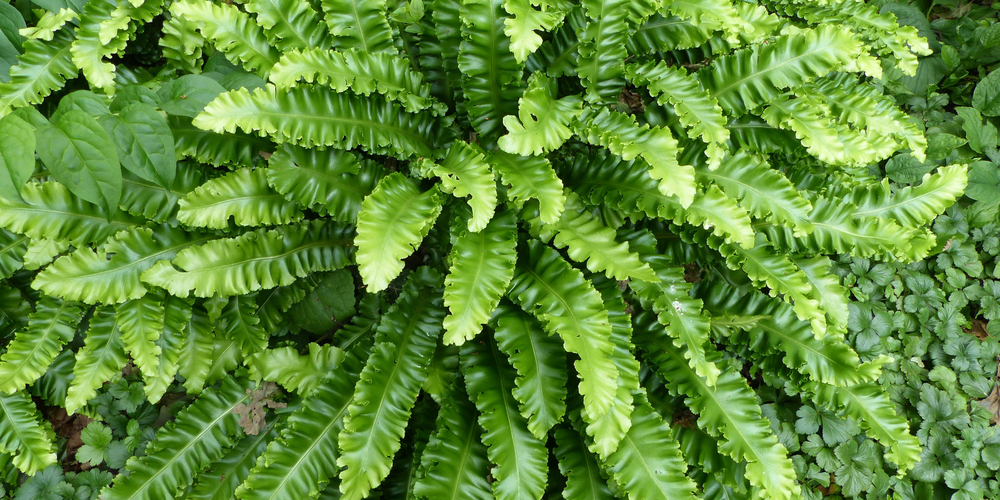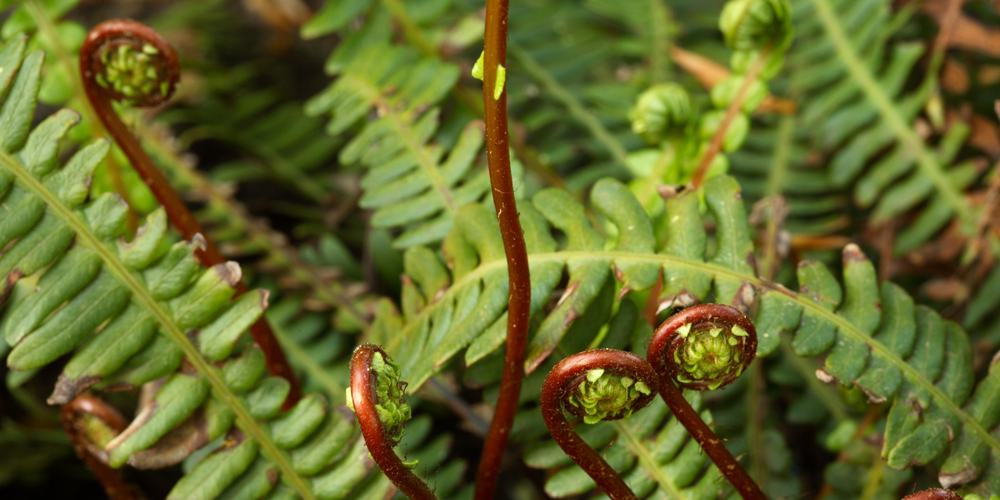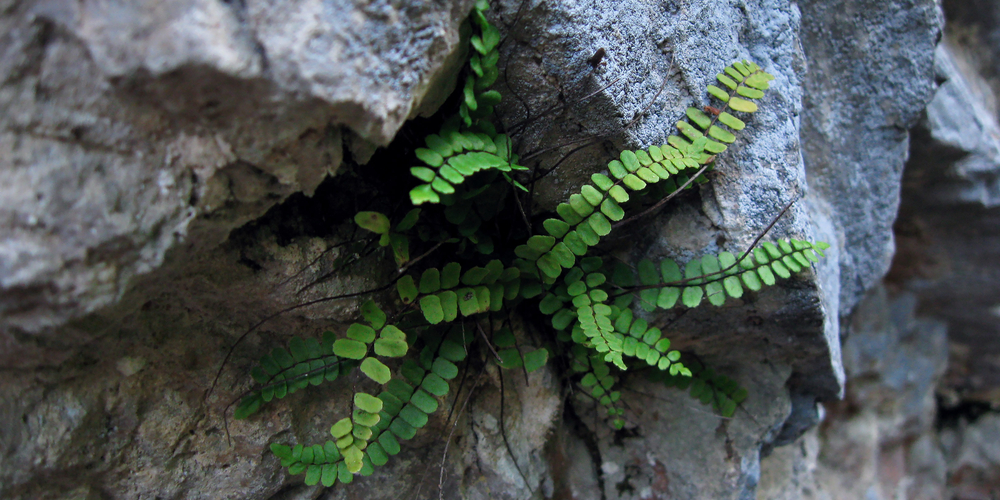Most zone 8 ferns prefer shady areas. But some of them can tolerate a little sun. Then again, one can opt for eye-catching tree ferns to embellish even an enclosed courtyard.
What is the easiest fern to grow outdoors in zone 8? One of the easiest ferns, the Aparagus Fern, is not even a true fern at all. The term “fern” refers to a large group of vascular plants. But most plants have commercial names with the word fern in them. Or they look just like regular ferns. So, the answer may vary depending on how we look at it.
Here are some ferns with serious landscaping potential to make your garden even more stunning, no matter how ferny they actually are.
Getting To Know The Best Zone 8 Ferns
1 – Alaskan Fern

Alaskan Fern (Polystichum setiferum) is an ornamental perennial with lacy and ornate fronds. Over time, this fern can grow up to 2 feet tall and wide. So, the best time to trim it is late winter or early spring. In essence, when the plant starts to unfurl the new leaves.
The easiest way to propagate this fern is by dividing and replanting. But there is nothing cuter than the newly emerging fiddleheads in early springtime. So, consider letting these zone 8 ferns reproduce via spores.
2 – Crested Hart’s Tongue Fern
Crested Hart’s Tongue Fern (Phyllitis scolopendrium “Cristata”) has frilly leaves. In detail, the frilliness appears at the end of the leaves, which makes the fern look textural. The old leaves usually look crimped and pale. But in spring, this fern produces cute hairy fronds that later turn brilliant green.
This cultivar thrives well in semi-shady areas. Above all, it loves alkaline, chalky soils. But it will not grow to take more and more space. In general, an adult plant takes somewhere between 1 and 1.5 feet both across and height-wise.
The narrow and crinkly leaves may look delicate. But they are tough and can tolerate frost and cold temperatures. After all, this fern variety is hardy to USDA zone 5.
3 – Deer Fern
Deer Fern (Blechnum spicant) has hard, bright green fronds radiating from the center.
Usually, the sterile fronds look tapered at the base and the tip and grow at a 45-degree angle to absorb as much sunlight as possible. Instead, the fertile fronds protrude from the center and have widely spaced, rolled leaves that contain the spores necessary for reproduction.
Deer Fern is a typical ground cover in most forests from Vancouver to California. Often, you can find them along stream banks.
As its name suggests, the Deer Fern is a favorite food for deer, elk, and moose. This evergreen is medium-size and looks like another fern, the Sword Fern. But in comparison to that species, it is smaller and has leathery sterile leaves emerging from purplish-brown stipes.
4 – East Indian Holly Fern
East Indian Holly Fern (Arachnoides simplicior) has bicolor variegation. The inner part of the leaves near the stems is light green, while the outer part is shamrock green.
Like other ferns, this species’s roots grow really shallow. So, overwatering will result in root rot. To enjoy its vibrant colors all year round, the goal is to keep the East Indian Holly Fern consistently moist. How? The short answer is by providing this plant with rich, well-drained soil and plenty of mulch.
This shade-loving evergreen prefers dappled sunlight. But it will hold its place until the following spring after everything else has died back. Meanwhile, it will survive rabbits and grow about 2 feet high. One of the best places you can decorate with these zone 8 ferns is the front—or the center—of your garden. Its fantastic texture makes them look as lovely as an indoor plant and adds variety on top of your shade garden.
5 – Ebony Spleenwort
Ebony Spleenwort (Asplenium platyneuron) can get quite tall, up to 1 foot and 8 inches. Single blades emerge from every stem without creating the usual compound leaf structure.
The landscaping potential of this fern is immense because it is a versatile evergreen that grows virtually everywhere. For example, it can grow on rock crevices and open woodlands.
Its elegant frond has a presence that makes them unusual, refined, and captivating.


